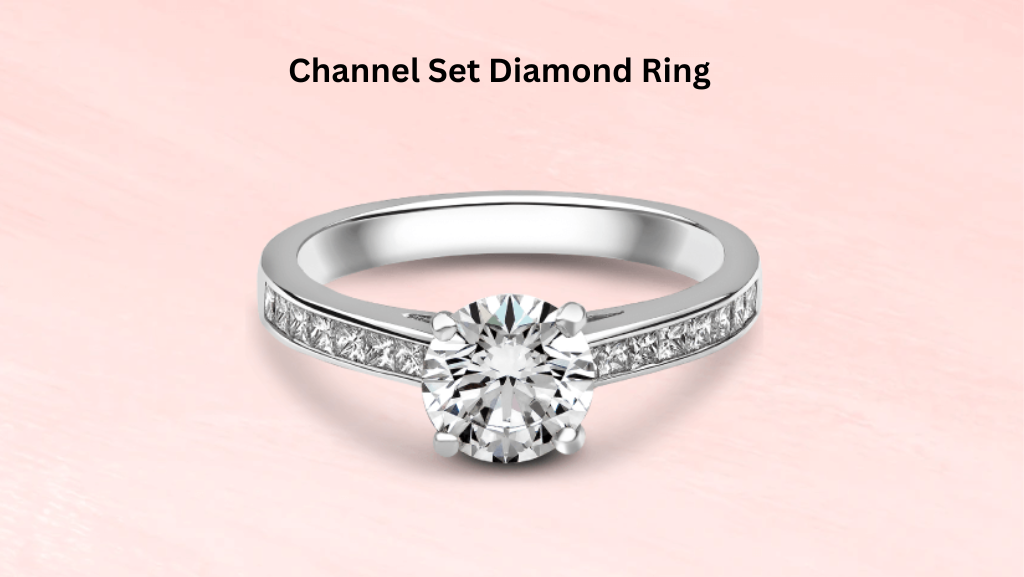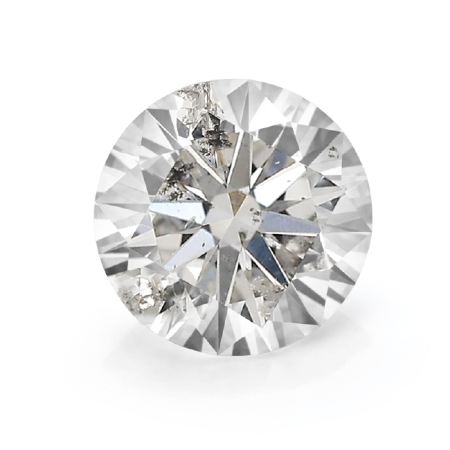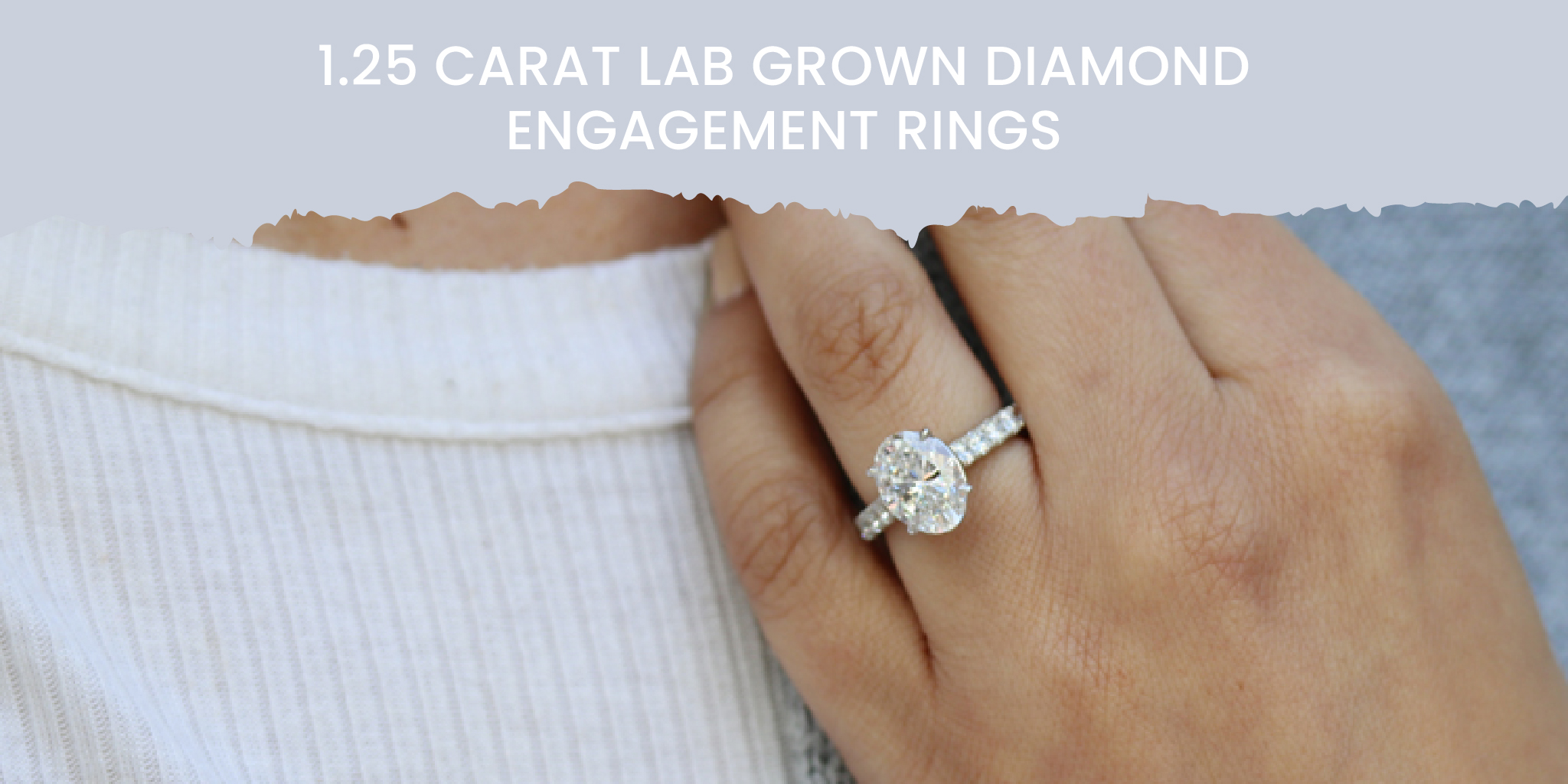What Are I2 Clarity Diamonds and Should You Buy Them? – An Expert Guide About I2 Clarity
Have you heard the line “Don’t buy I2 diamonds?” Curious as to why many people and retailers state this? Well, let us take you through the details so you can decide whether you want to support this statement or go against it.
As the saying goes, “It’s hard to be a diamond in a rhinestone world.” The same goes for the wide variety of categories within diamonds. All diamonds are one-of-a-kind, and their variations aid in assessing their price, scarcity, and aesthetic value.
Because the size, structure, and even the simplest imperfections can affect profitability, not all diamonds are unreasonably priced.
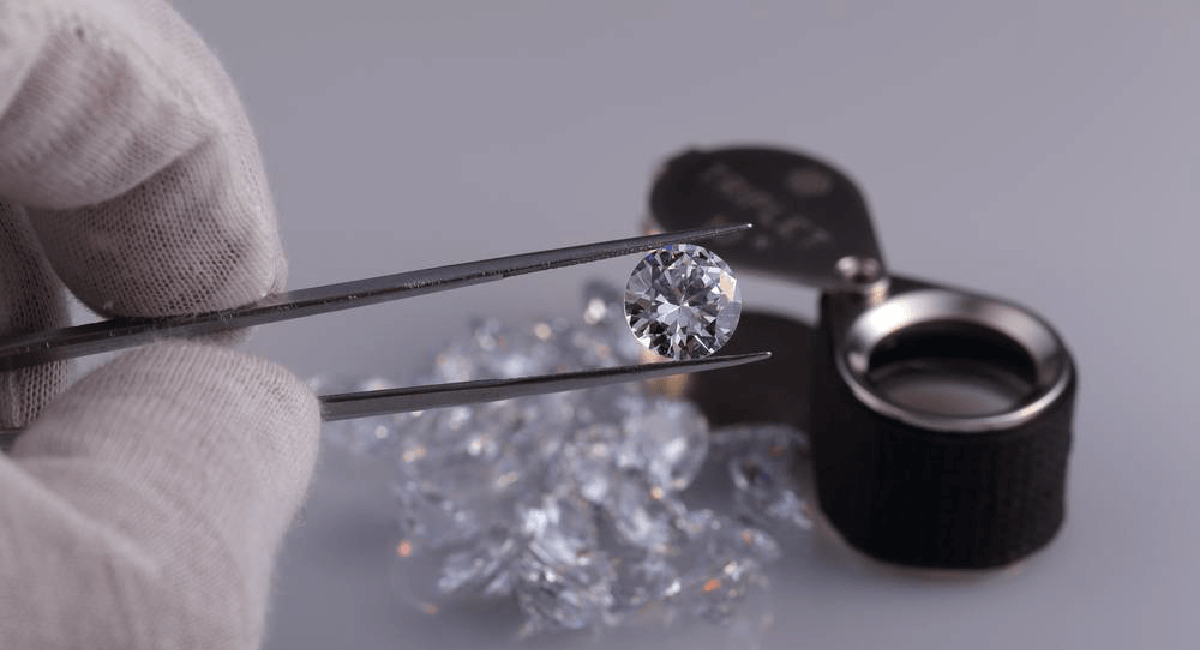
These nanometer blemishes, which are primarily determined by their clarity grade, can certainly help buyers set guidelines and act as prerequisites for smart buying.
When we turn to low-quality diamonds that fall within the larger population’s budget, I2 diamonds are seen to be a top pick in many cases too. However, with a low cost comes certain flaws to be aware of.
With this article, you can make sure to be aware of everything that I2 diamonds entail, from their distinctive features to quality to their pricing and more.
What Are I2 Diamonds?
I2 diamond clarity grades are the ones that are at the lower end of the diamond clarity scale. A summary of what diamond clarity is is given further ahead.
The ‘I’ in the I2 diamond stands for Included. I2 diamonds are 2nd-degree included diamonds with observable imperfections under magnification as well as to the unaided eye.
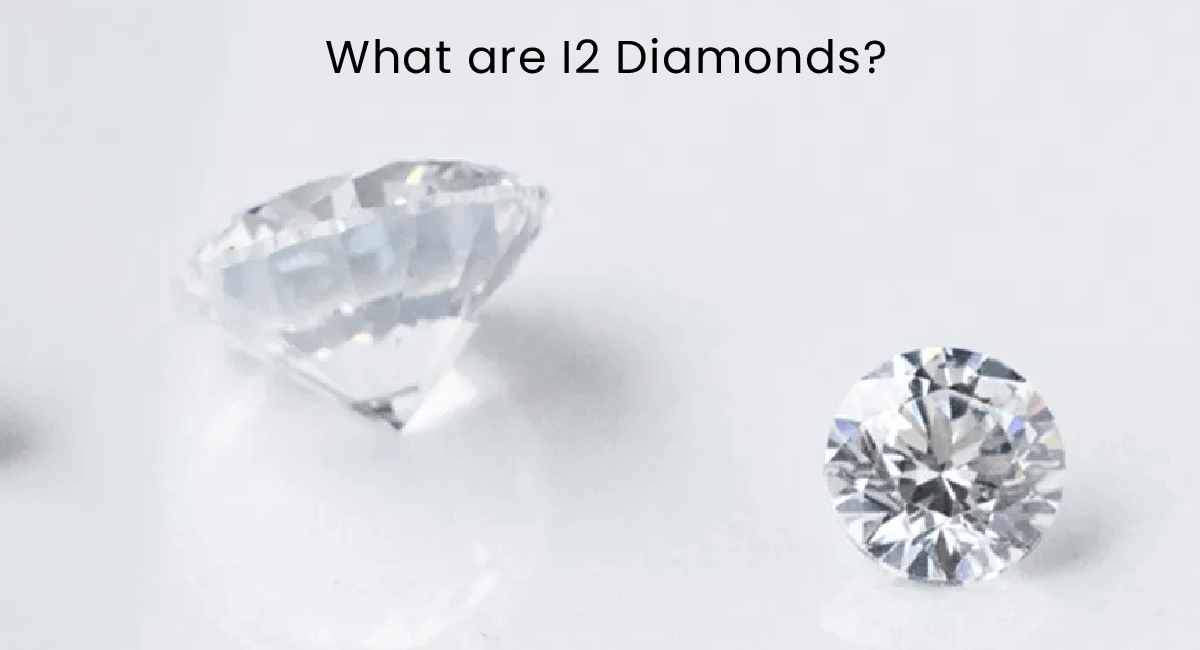
In fact, most I2 diamonds have inclusions that minimize their clarity and brilliance. Inclusions and imperfections of this degree lead to impacting changes in some features of the stone, like aesthetic value, monetary value, and quality of transparency.
In addition to taking a toll on the diamond’s exterior looks, inclusions in I2 diamonds make them prone to durability issues. Frankly, your I2 diamond has greater chances of being chipped or, in the worst-case scenario, even broken due to its inherently poor physical structure.
A Quick Summary of Diamond Clarity: Where Does I2 Fall?
Let us take you through a quick recap of what diamond clarity is. The clarity of a diamond refers to the degree of purity and rarity of the stone. The purity of the diamond is confirmed on the diamond clarity scale (GIA Diamond Clarity Scale), which means that light microscope substances can be entombed in the diamond while it is being shaped.
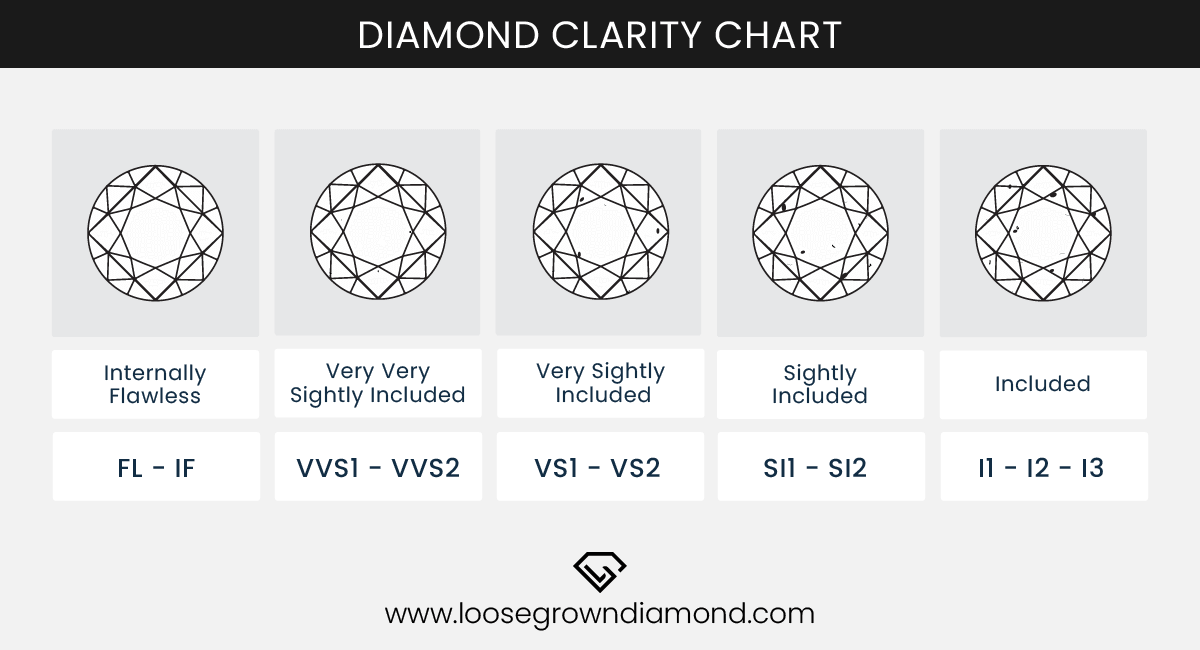
The diamond clarity scale grading is largely decided by putting the dimensions, category, and amount of diamonds to the test, as well as where the inclusion is on the stone and how well it affects the appearance.
Most of these factors interact to determine the grade. Included (I) clarity means that “inclusions are visible under 10 magnification and may affect clarity and brilliance.”
The I grade range contains three sub-grades: I1, I2, and I3. Put simply, the higher the count in each grade, the higher the likelihood of flaws in the stone. You must have developed some understanding of diamond clarity by now.
Now, coming to I2 diamond clarity! I2 is a diamond clarity grade with a low ranking on the diamond clarity scale. I2 diamond clarity is the 2nd lowest clarity grade currently offered. I2 is a diamond clarity grade that falls between I3 (lowest) and I1 (highest).
Diamonds with an I2 clarity grade have overly evident and clearly recognizable inclusions that are readily captured by the naked eye. All the same, in comparison to I3 clarity diamonds, I2 clarity diamonds have much more soul and dazzle.
Should You Buy Diamonds of Clarity I2?
I2 diamonds’ large and abundant imperfections hamper the amount and intensity of light passing through them and tend to reflect off of the diamond. The diamond’s greatness suffers, making it appear dull and pale.
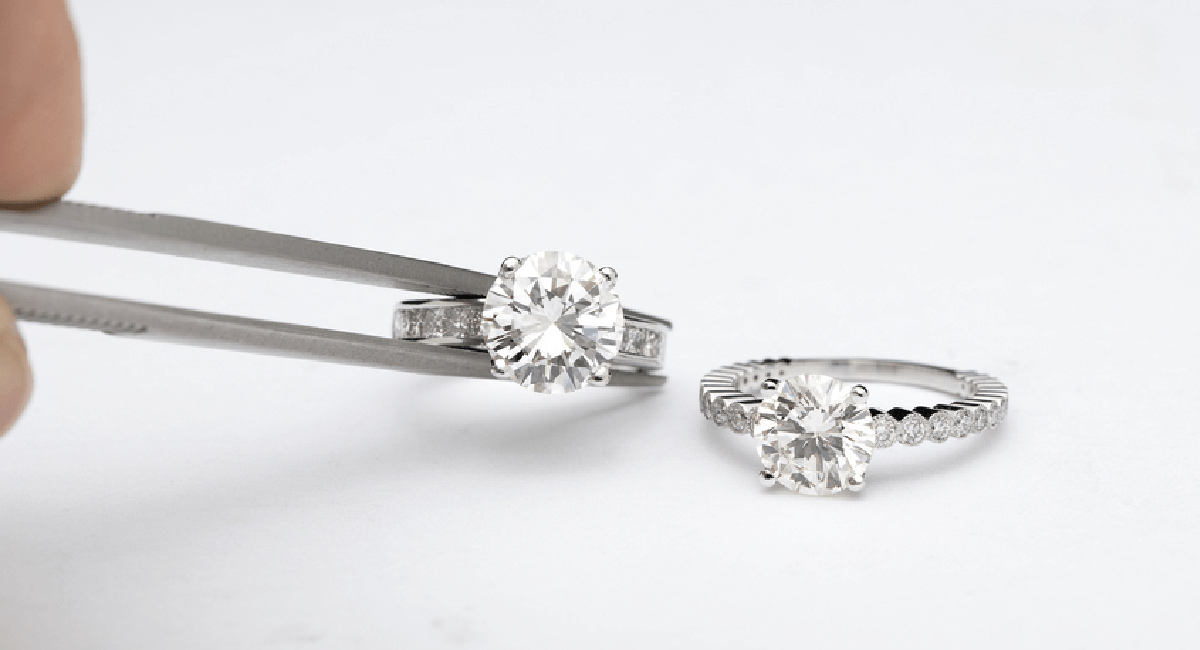
I2 diamonds also have noticeable flaws that you will notice every time you glance at the diamond. Such inclusions can be quite unsightly, especially if they are concentrated next to each other in a central spot in the stone or when these same inclusions are pretty dark in color.
Inclusions in an I2 diamond entail black attributes, clusters of carbon compounds, and surface roughness. I2 level, white inclusions are often visible at the I2 level and distract people from the diamond’s radiance.
Thus, your reasons to stay off I2 diamonds could be poor quality and noticeably large imperfections. extremely low shine and brilliance. highly prone to chipping, breaking, and wearing away
Thus, engagement rings with I2 clarity diamonds are relatively rare. However, lower clarity diamonds could also stand out when working with limited resources and at a minimal price.
Clarity alone is not a primary consideration for some shoppers, as long as the diamonds match in color. Also, you could settle for a better deal by spending a little more to get VS2, SI1 or SI2 grade diamonds.
As a result, when it comes to purchasing I2 clarity diamonds, keep the above-stated facts and information about I2 diamonds in mind.
The Price of I2 Diamond Clarity?
Normally, according to the generic price trending across markets, I2 diamond prices are lower than eye-clean diamond prices for the simple reason that they have far too many observable imperfections and surface defects to have the same premium quality price as eye-clean diamonds.
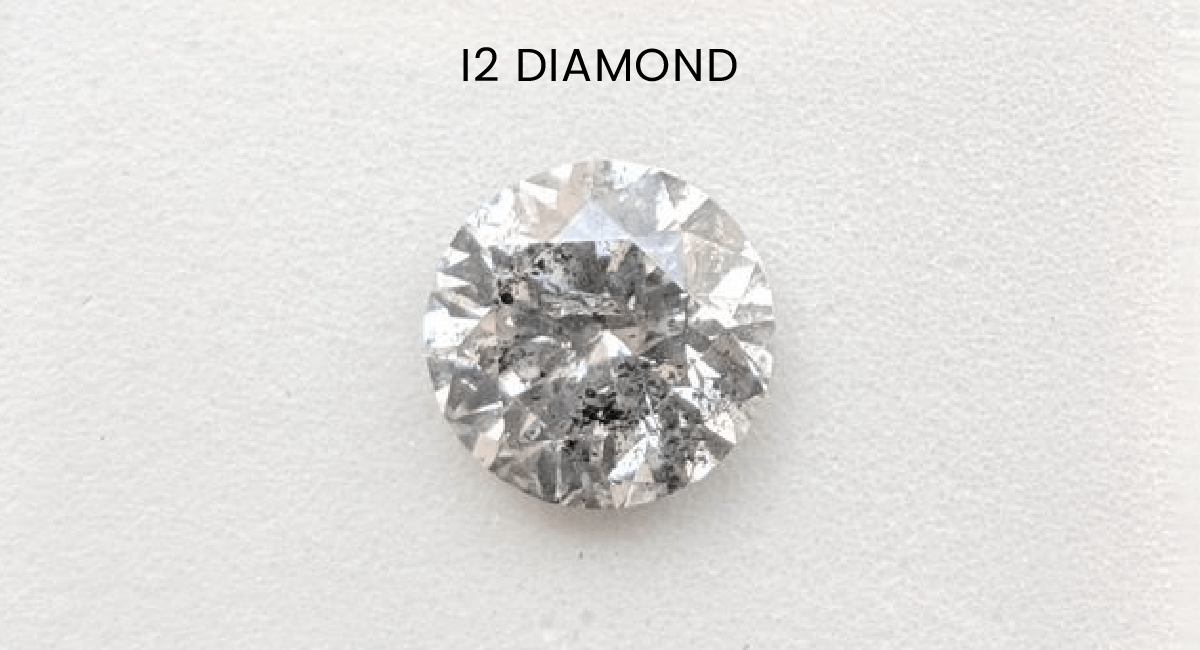
There are many other factors that directly or indirectly impact the pricing of a particular diamond. I2 diamond prices are also fixed based on the quality, size, carat, color (amount of whiteness), and most importantly, the cut of the diamond.
However, I2 clarity diamonds are significantly less expensive than improved clarity diamonds. According to experts, I2 clarity diamond prices range between $300 and $5000 (for a carat range of 0.50-1.00) for a reasonably good whiteness with a very good cut degree.
Also, picking a lower section diamond of such a grade eliminates the expense far more. Thus, all in all, I2 diamond clarity is a low-cost diamond.
Differentiate I2 Clarity Diamonds with I1 and I3 Clarity Diamonds
So far, we have gathered a lot of I2 diamonds. Now, knowing that I2 diamonds fall into the same subcategory under the diamond clarity scale as I1 and I3, let us see some of the key differences between them.
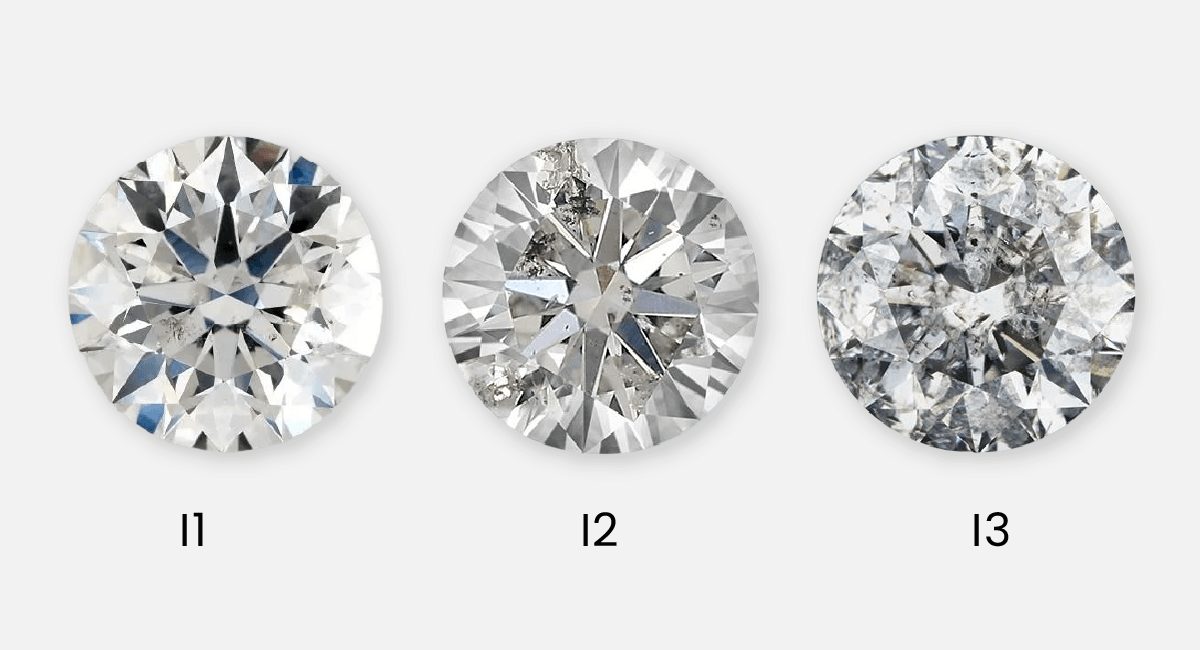
A) I1 vs. I2 Diamond Clarity
The presence of inclusions is the first key similarity. On the clarity scale, I1 and I2 diamonds are essential besides each other, as I1 diamonds are slightly superior. They primarily differ in terms of inclusion, concentration, size, durability, and so on.
I1 diamonds have visible inclusions, as do I2 diamonds. However, the deformations are more prominently visible in an I2 diamond owing to its larger size. For example, they could be darker or maybe more closely packed. Numerous other different distinctions between I1 and I2 diamonds also include their accessibility and the types of retailers that offer them.
For instance, I2 clarity diamonds will never be marketed by a prestigious and reputable jeweler.
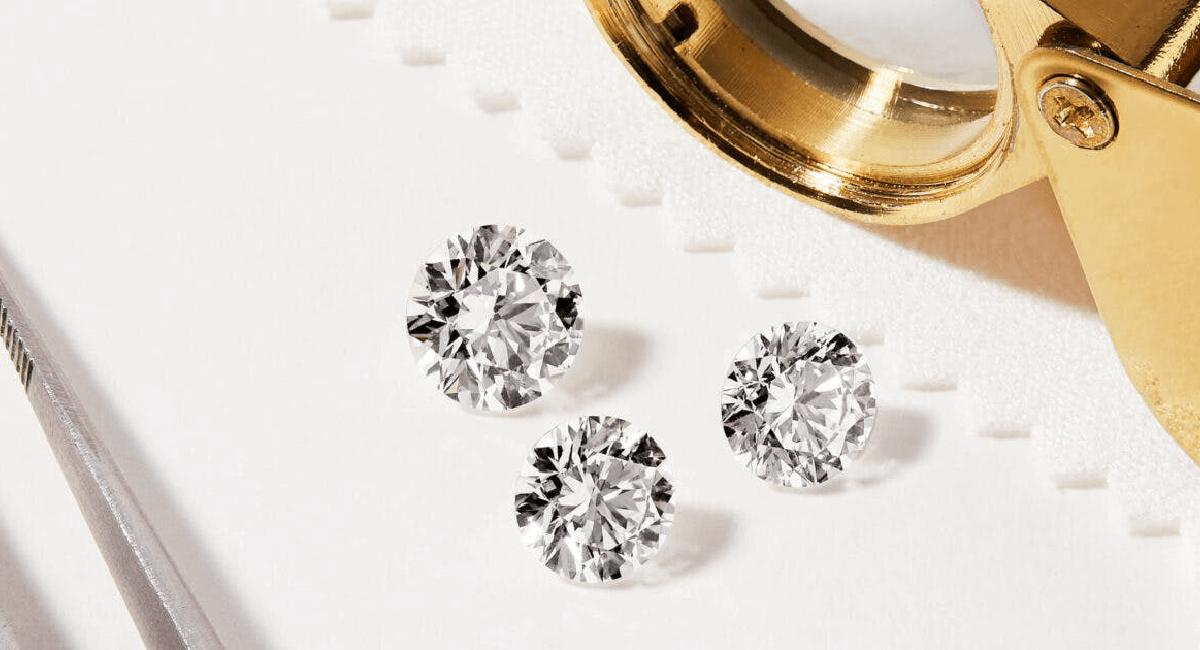
B) I2 vs. I3 Clarity Diamonds
In terms of 13 and 12 clarity diamonds, the I3 diamond has a much larger volume of inclusions than the I1 and I2 diamonds, making it the worst in line. I2 diamonds are commonly thought to be one grade higher than I3 diamonds.
An I3 diamond has the least clarity grade and has more noticeable inclusions than an I2 diamond. Finally, both I2 and I3 diamonds should be avoided for higher-end jewelry.
Conclusion
The I2 diamonds that lie second in line under the category of Included stones come with their own pros and cons, though the latter seems to outweigh the former. It may be debatable whether it is desirable to purchase one such stone if its inclusions would readily catch one’s eye when you wear it or make a social appearance in it.
However, it should be crystal clear that if you are looking for a shiny, lustrous, and clean diamond to fit right in the center of one of your precious jewelry pieces, you might want to rethink and re-evaluate your decision to buy an I2 diamond.
Frequently Asked Questions (FAQs)
1. What are inclusions and blemishes in diamonds?
Inclusions are internal flaws, while blemishes are external imperfections. These can include tiny crystals, feathers, or other minerals trapped within the diamond or surface irregularities.
2. What are the advantages of choosing I2 clarity diamonds?
The primary advantage of I2 clarity diamonds is their lower cost. If you’re on a tight budget and prioritize a larger carat size over clarity, I2 diamonds may be an option.
3. What factors should I consider when buying I2 diamonds?
When buying I2 clarity diamonds, focus on factors like cut, carat weight, and color to maximize the diamond’s overall appearance. A well-cut I2 diamond with a higher color grade can look more appealing.
4. Is I2 diamond clarity good?
I2 clarity diamonds are in the center of the lowest tier of diamond clarity. That is, they have a lot of clearly visible inclusions, such as flaws, grains, air pockets, and so on. Furthermore, these diamonds will always have visible inclusions to the naked eye.
5. Do I2 diamonds sparkle?
Generally, the greater the clarity scale, the more sparkle the diamond has. However, the diamond’s cut quality determines how much light rates of return and how equally distributed brilliance (white stun) takes place throughout the stone (colored sparkle).
6. Is there a risk of I2 clarity diamonds breaking easily?
I2 diamonds are not more prone to breaking than diamonds with higher clarity grades, but it’s important to handle and care for any diamond carefully.

